
How Greenwashing Is Dangerous To The Environment

Greenwashing, the deceptive practice of presenting a false impression of environmental responsibility, poses significant dangers to the environment and consumers alike. At Anuprerna, we take a firm stance against greenwashing, recognizing its harmful impact on sustainability efforts and the integrity of eco-friendly initiatives.
The term “greenwashing” was coined in the 1980s to describe outrageous corporate environmental claims.
Introduction
Greenwashing is a process where misleading or false information is being conveyed by a brand about their products being environmentally friendly. This is usually in the form of claims made by the greenwashing brand, that is not backed by substantial facts and data and thus deceives the consumer.
FAST FASHION GREENWASHING

The culprit of this malpractice or the greenwashing companies is mainly from the fast fashion industry. As awareness & demand for eco friendly fashion increased, brands want to take advantage of this opportunity and attract more consumers keen on shopping consciously. However, the fast fashion ethical issue is that they put in time and effort neither into environmentally conscious clothing nor fair trade practices. These greenwashing companies instead use marketing tactics to paint a greener, yet a false picture of the relationship between fast fashion and the environment.
Anuprerna, on the other hand, is a slow fashion, ethical & sustainable textile manufacturer. We only work with 100% natural materials, details of which are specified on each product page.
IMPACT OF FASHION INDUSTRY ON ENVIRONMENT DUE TO GREENWASHING:
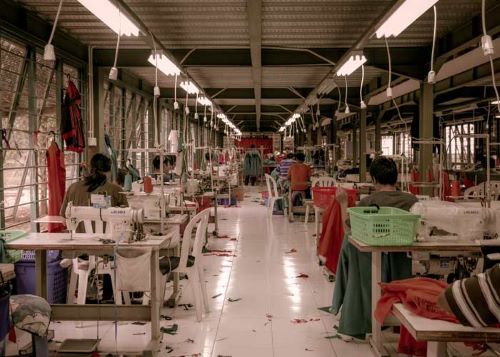
The increase in greenwashing, coupled with ineffective regulation, leads to the consumer becoming sceptical of all green claims or green marketing, even ones made by the genuine sustainability fashion brand. This in turn also diminishes the power of the consumer to hold fashion brands accountable & drive them toward ethical production of clothing & other sustainable textiles products.
IDENTIFYING GREENWASHING EXAMPLES
To identify if a brand is greenwashing or not, one can get an idea by paying attention to the brands business model. See whether a brand promotes sustainability as an add-on rather than a core to its business model. At Anuprerna, we always maintain transparency by showing behind the scene production of our products. We take the effort to explain all our crafts and processes and not hide behind vague terminologies. We have details of each cluster, no. of artisans, as well as male to female artisan ratio, displayed on our website as per each weavers' cluster.
Some other signs one can look out for includes facts and figures backed by science instead of vague words. For example, questioning what percentage of the brand's claimed 'sustainably made' or 'eco-friendly' products are actually made with recycled materials or what quantifiable objectives have these brands listed publicly. One should also understand how these materials are sourced to determine their closed-loop sustainability and trade-offs.
Greenwashing practice
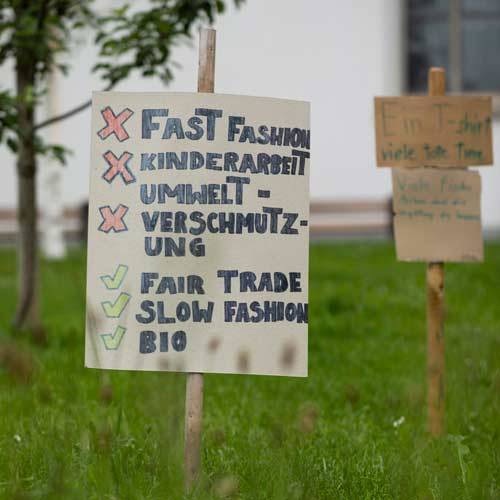
In general, some gimmicks commonly seen in greenwashing practice are:
-Use of vague terminology (e.g., "eco-friendly")
-The sustainable product in relation to the waste produced in the process of making that product.
-Unjustified use of Images that give a deceptive impression of sustainability
-Irrelevant claims: Emphasis on one tiny green attribute when everything else is anti-green
-Distinguish themselves as "sustainable" just by doing one small "greener" than other unsustainable brands
-Misguiding by incorrect "green" presentation of an otherwise polluting or dangerous product.
-Using Jargon and information that only a scientist could check or understand
-Claim that could be right but has no evidence
-Outright lies: Totally fabricated claims or data
WAYS TO AVOID GREENWAHING:
1. Always look for evidence. Marketing will always try to fool you.
2. Look for facts and figures.
3. Look for certifications
4. Understand the actual or proper meaning of terms commonly used in relation to natural and sustainability. Natural isn’t always 100% eco-friendly, and vegan doesn’t always equate to cruelty-free
5. Look beyond the overhyped and irrelevant
6. Focus on brands with a holistic approach to sustainability

Summary
On our website, we present details like where we source our raw materials from, the certification of our azo-free and natural vegetable dyes used, our decentralised model where every artisan is working directly from their homes. We share the behind the scene production videos of the products with our clients as well as our audience. Besides all this, we talk about every craft that we offer on our website in order to create awareness about these crafts and the artisans still practising them.
At Anuprerna, our main goal has always been preserving the indigenous crafts and encouraging the artisans to continue with their crafts. We do so by creating awareness among our local and international audiences. We have taken initiatives to connect the artisans with our clients so we can share the latter's appreciation and love for handloom fabric with their actual weavers. And we wish rich out to more people and introduce them to the indigenous crafts of Bengal.
related questions
What is greenwashing in fast fashion?
arrow_drop_downGreenwashing in fast fashion refers to the practice of clothing brands or retailers misleading consumers into believing that their products or practices are environmentally friendly or sustainable when they are not. Greenwashing exploits consumers' growing concerns about sustainability and environmental impact to sell more products, without actually making meaningful changes to reduce the industry's environmental footprint.
What is an example of fabric greenwashing?
arrow_drop_downAn example of fabric greenwashing could be a brand falsely claiming their clothing is made entirely from organic cotton when only a small portion of the fabric is organic, misleading consumers about its environmental impact.
What are greenwashing risks?
arrow_drop_downThe risks of greenwashing include damaging consumer trust, misleading consumers, and undermining legitimate sustainability efforts.
How is greenwashing an ethical issue?
arrow_drop_downGreenwashing is an ethical issue because it involves misleading consumers with false or exaggerated claims about the environmental friendliness or sustainability of products or practices, undermining trust and impeding genuine efforts towards sustainability.
More Blogs
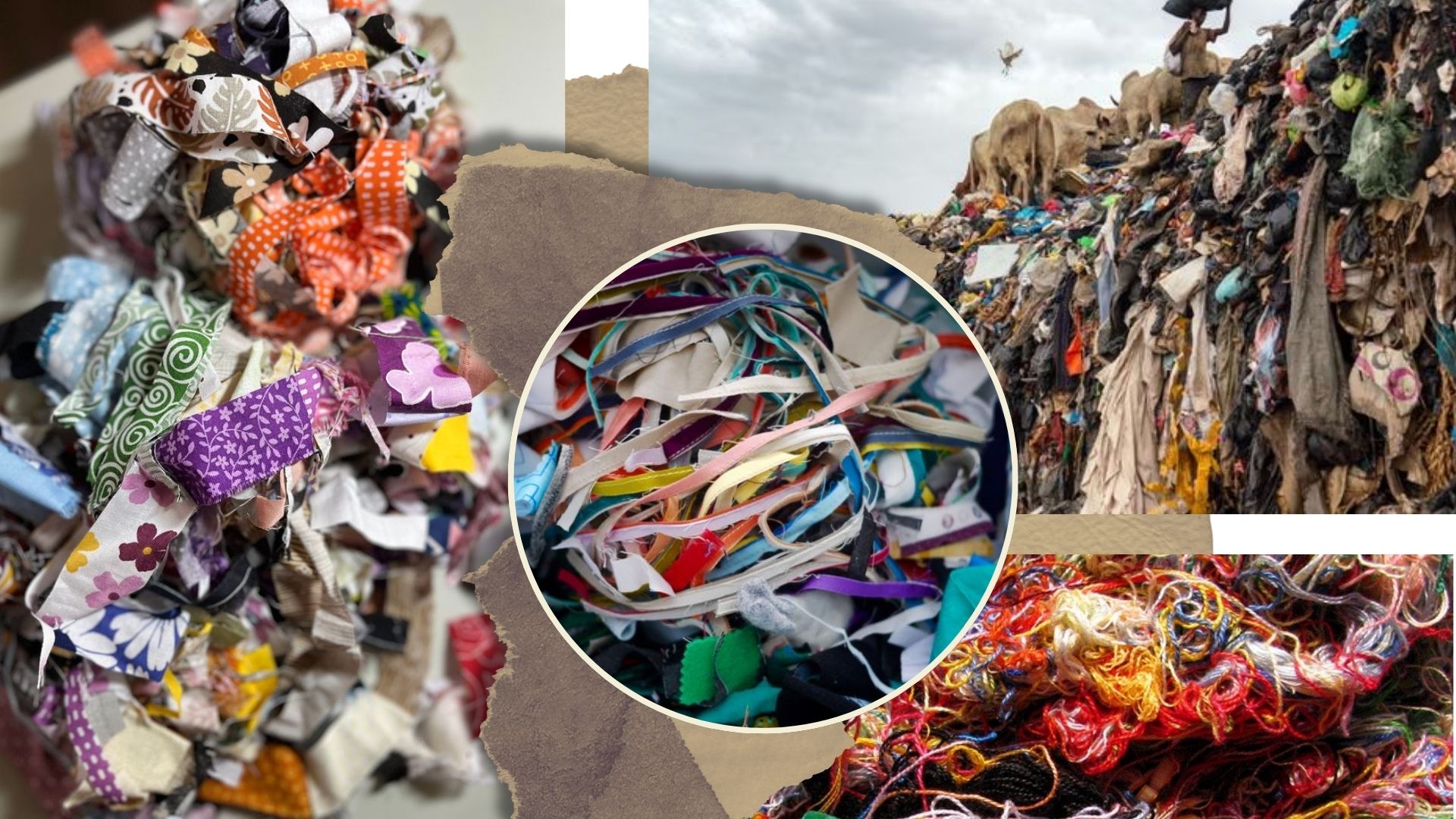
the scrap fabric solution, from clutter to creation

the art of sustainable recyclability

indian handloom in contemporary world
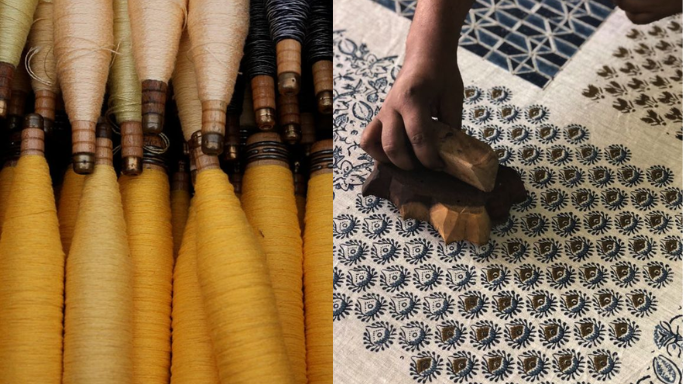
sustainability through handloom manufacturing
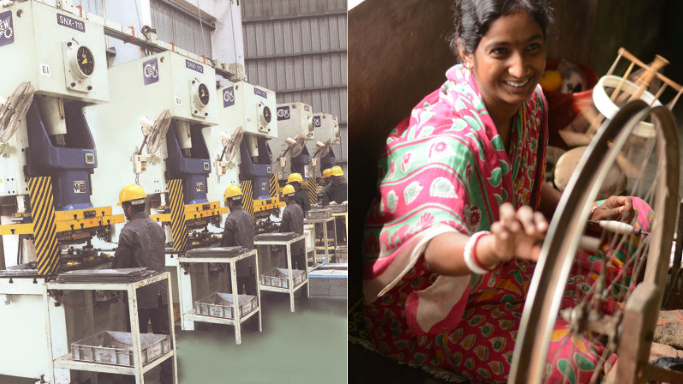
how to identify handloom fabrics in a powerloom world

ketia silk - a peace lover






